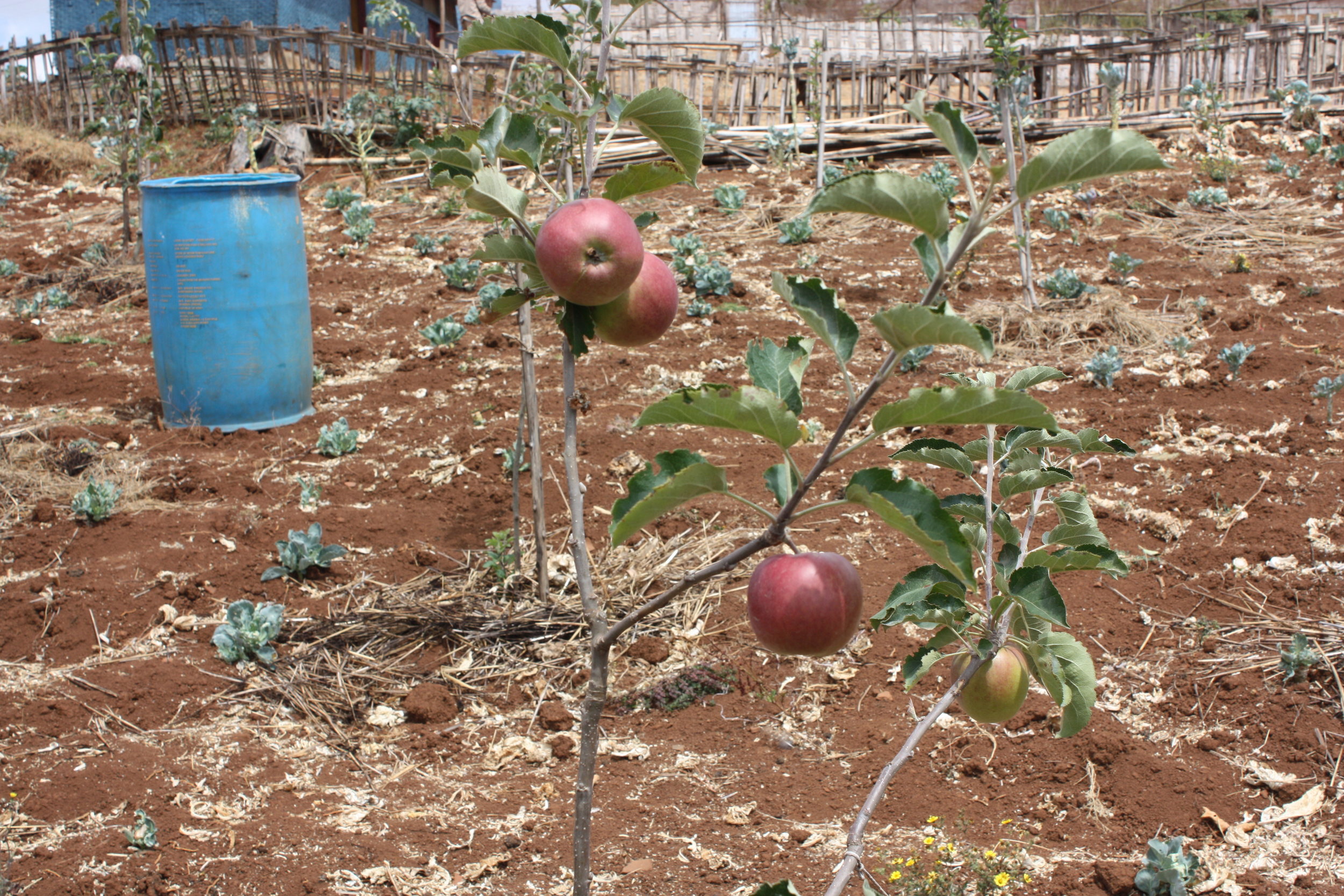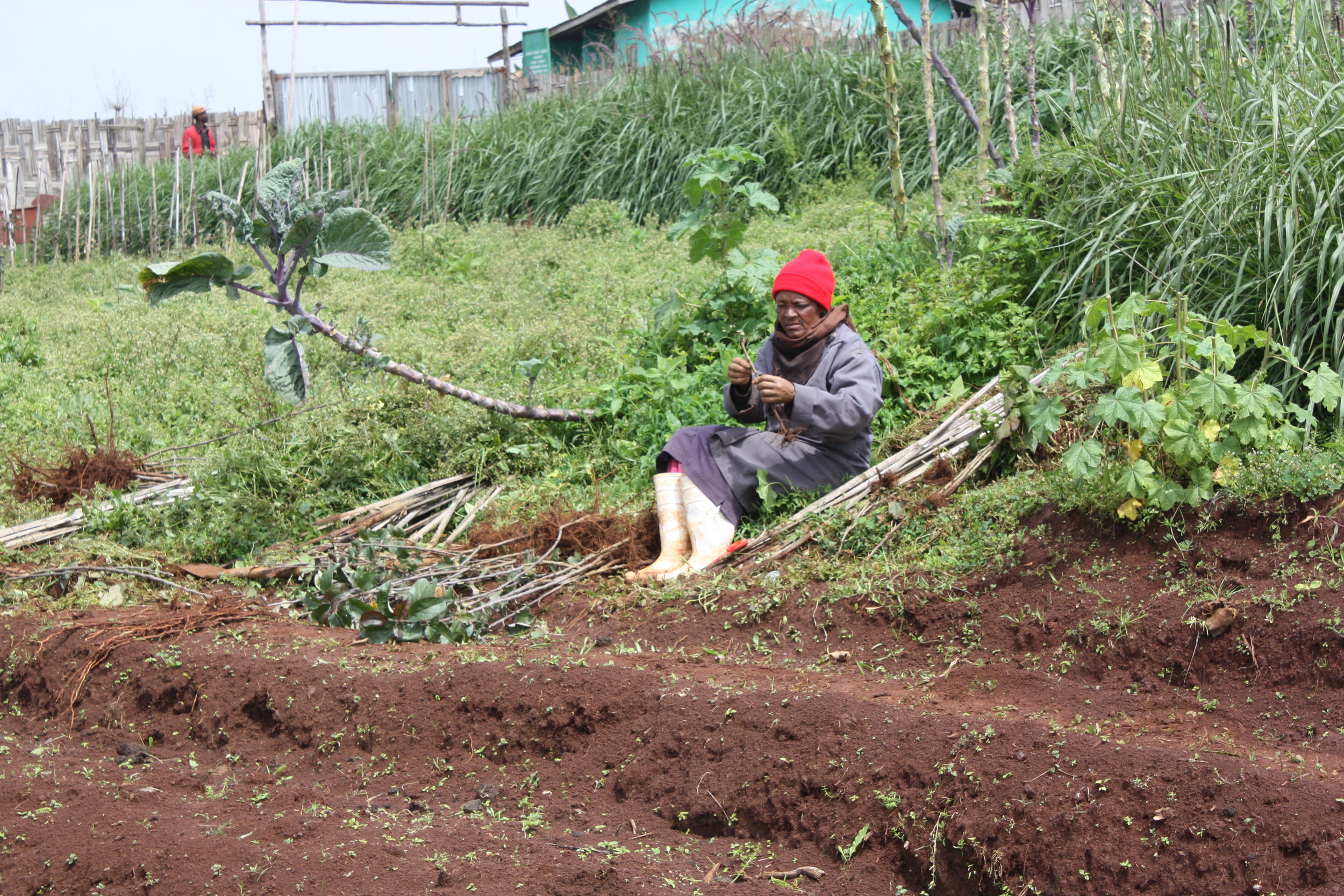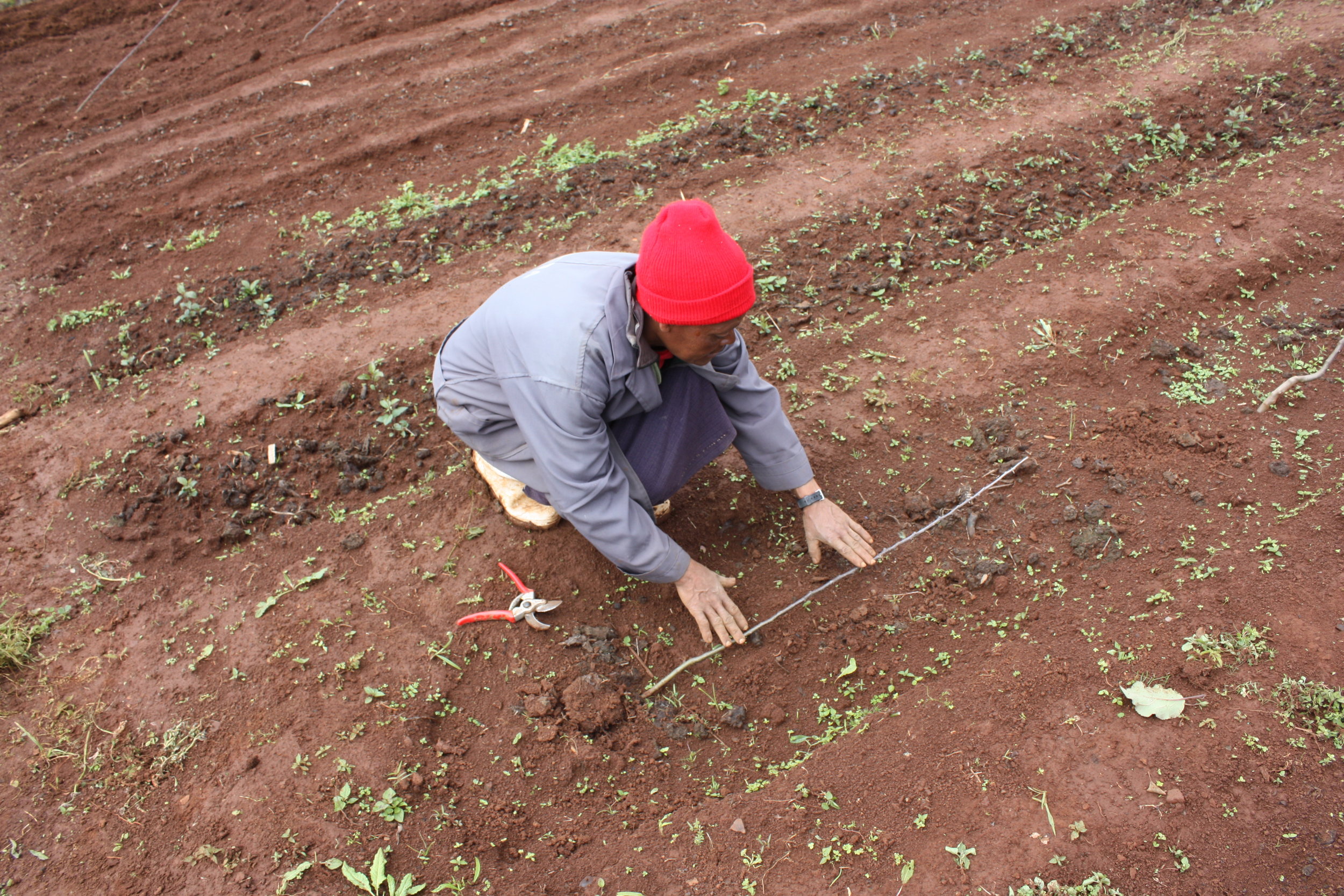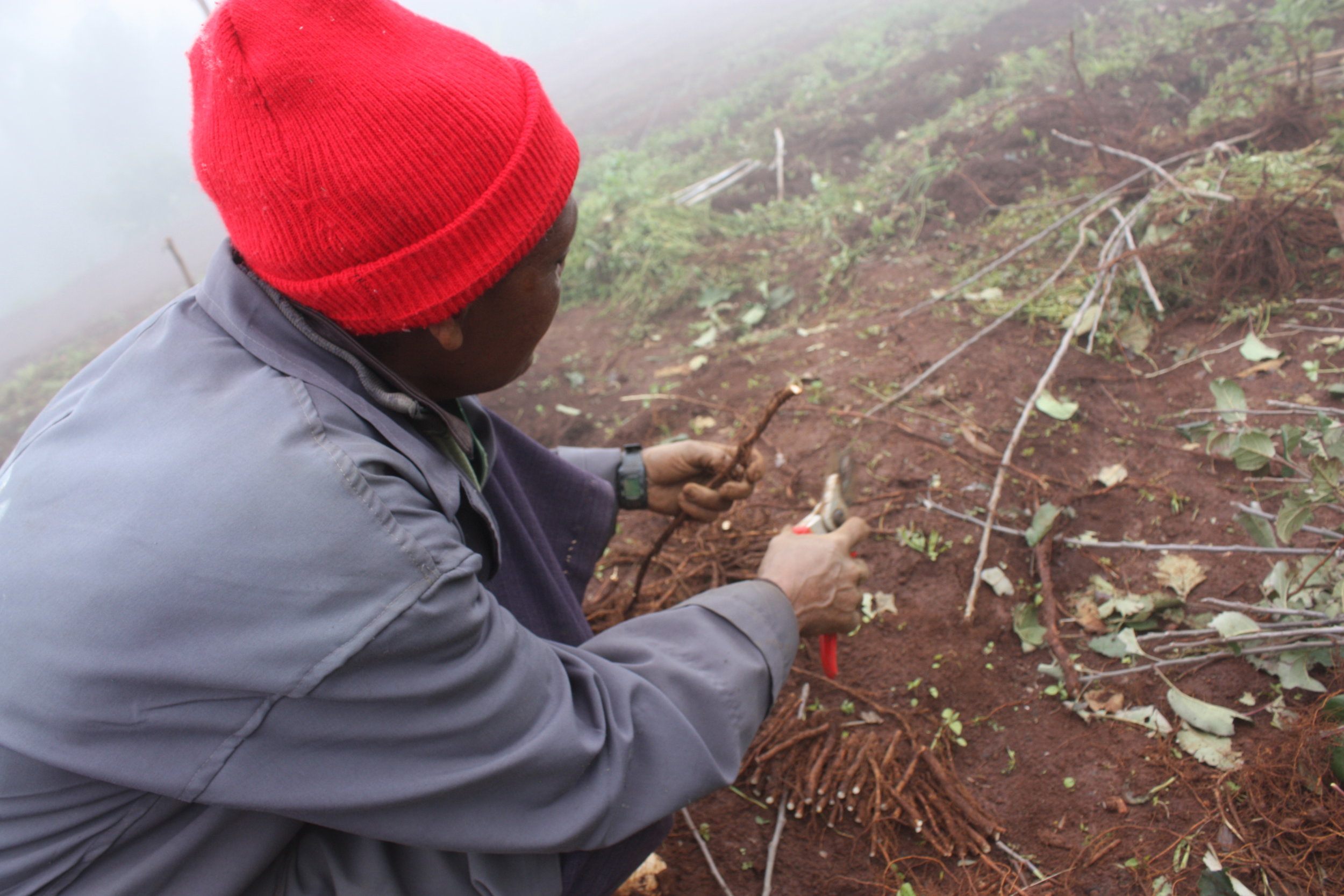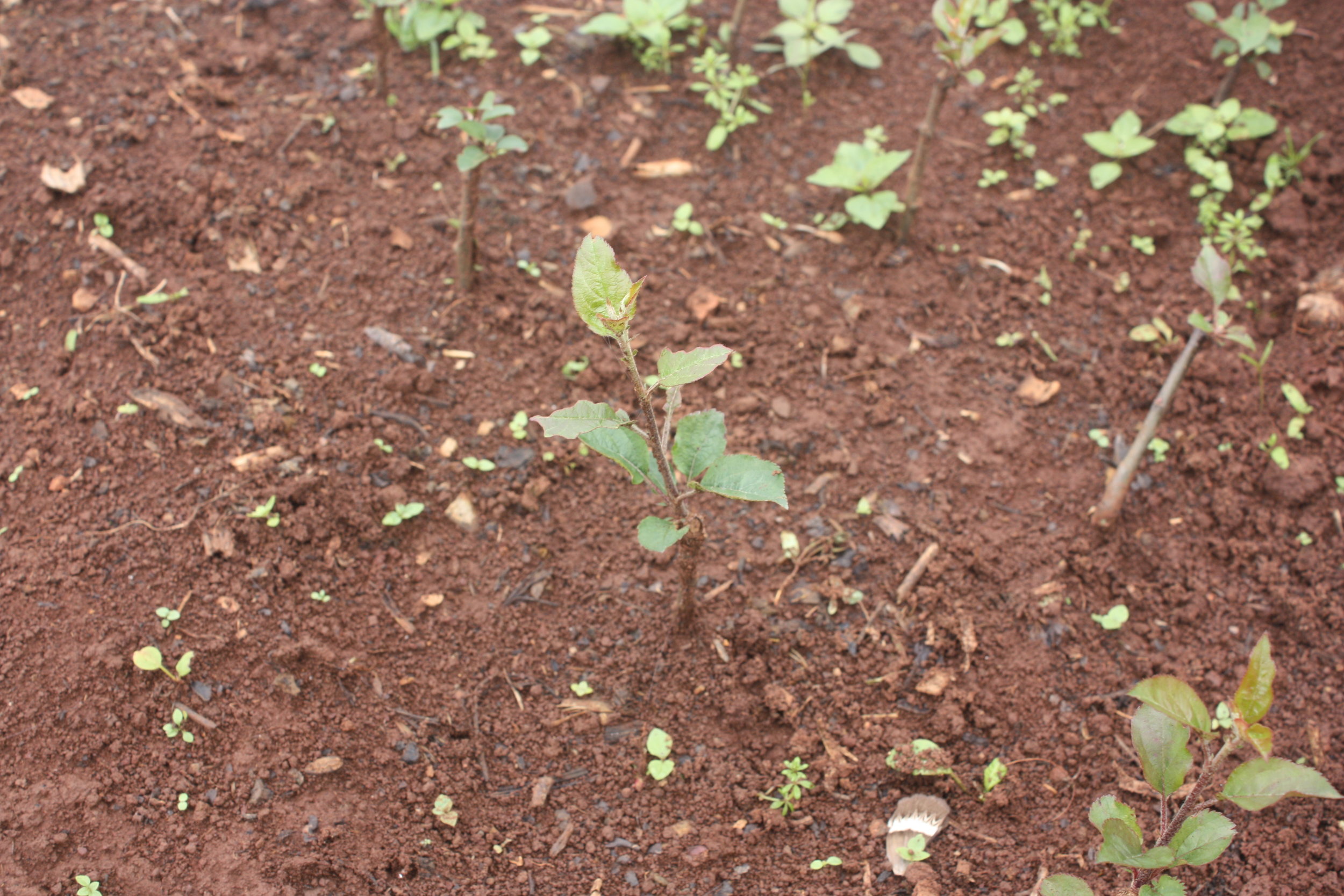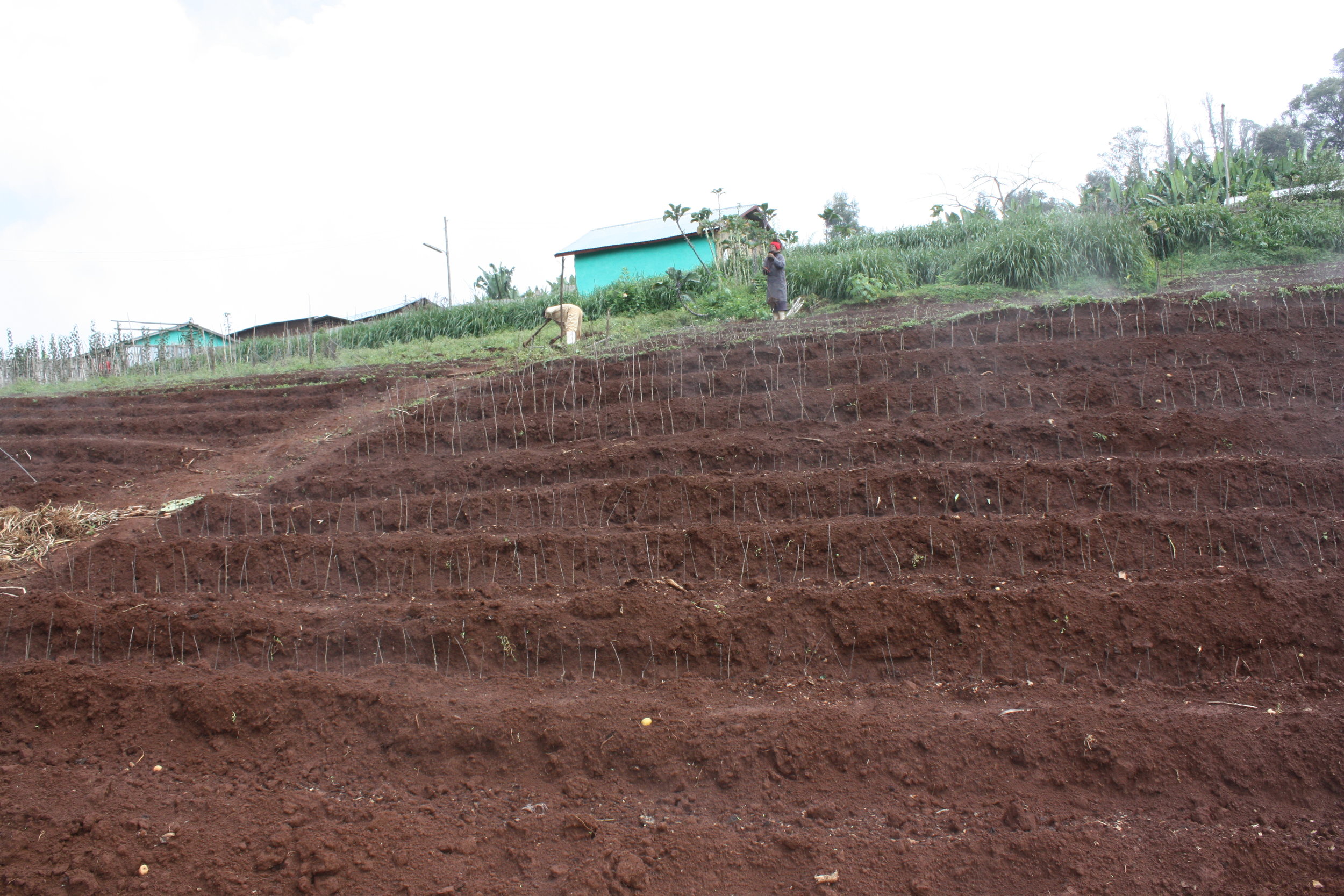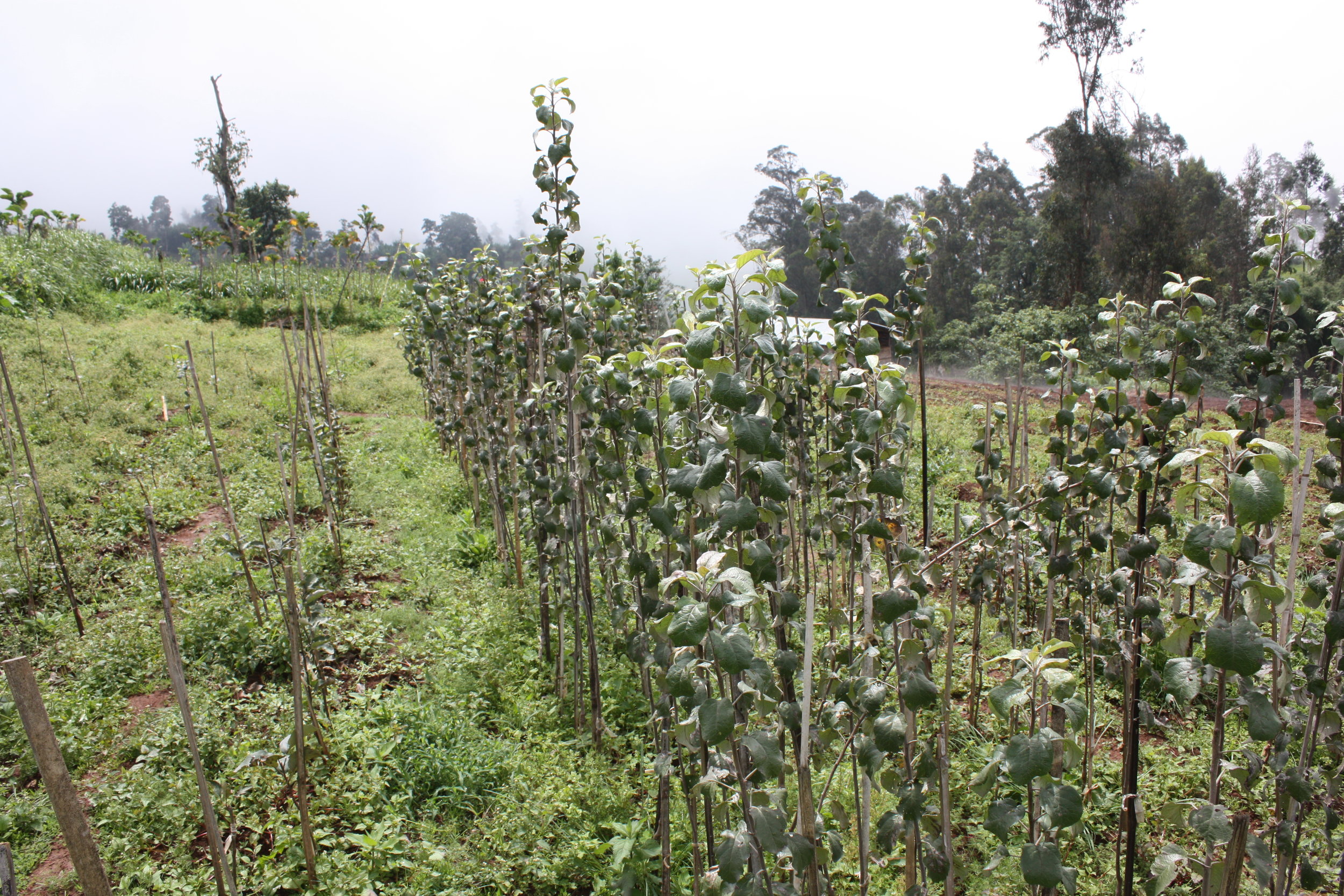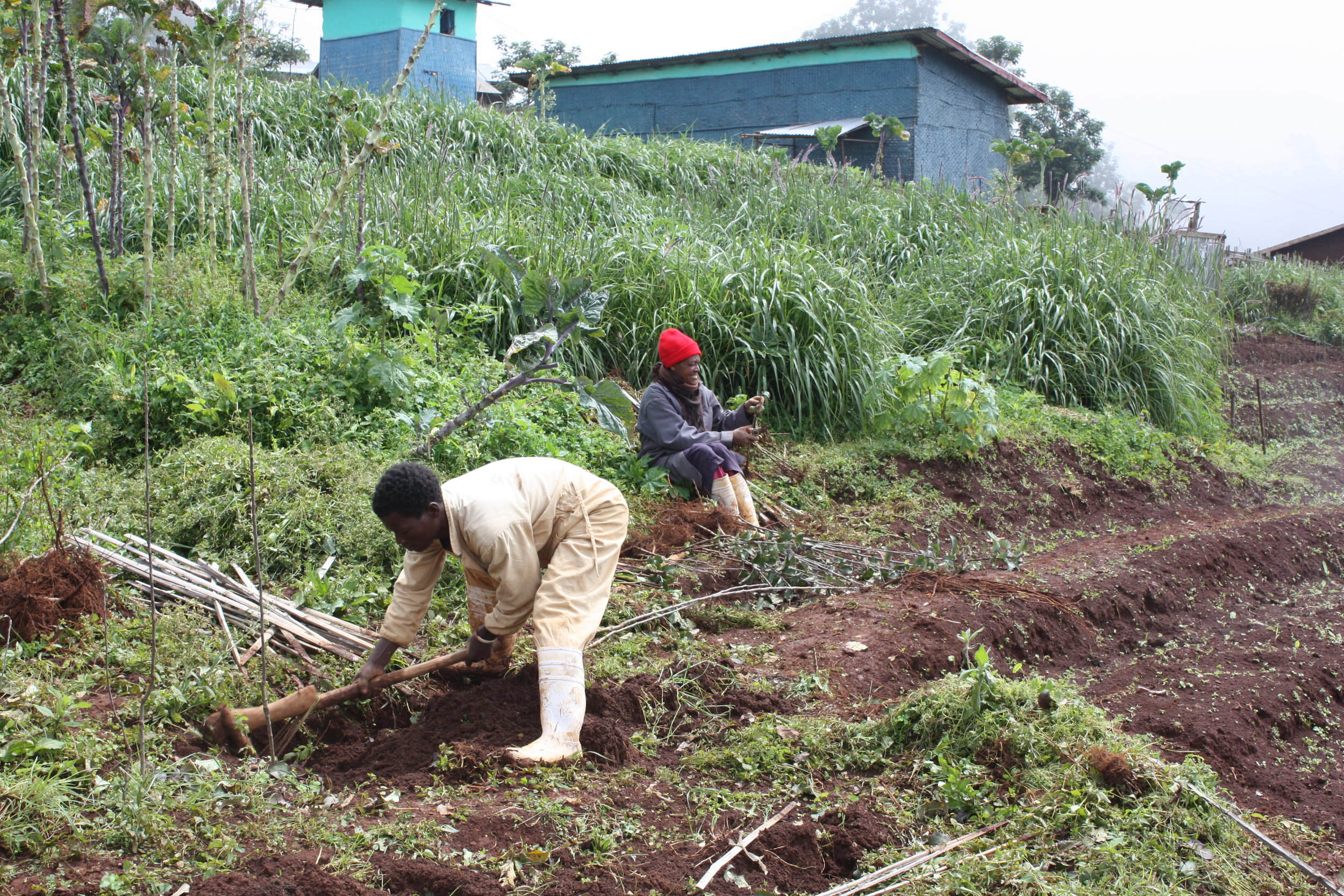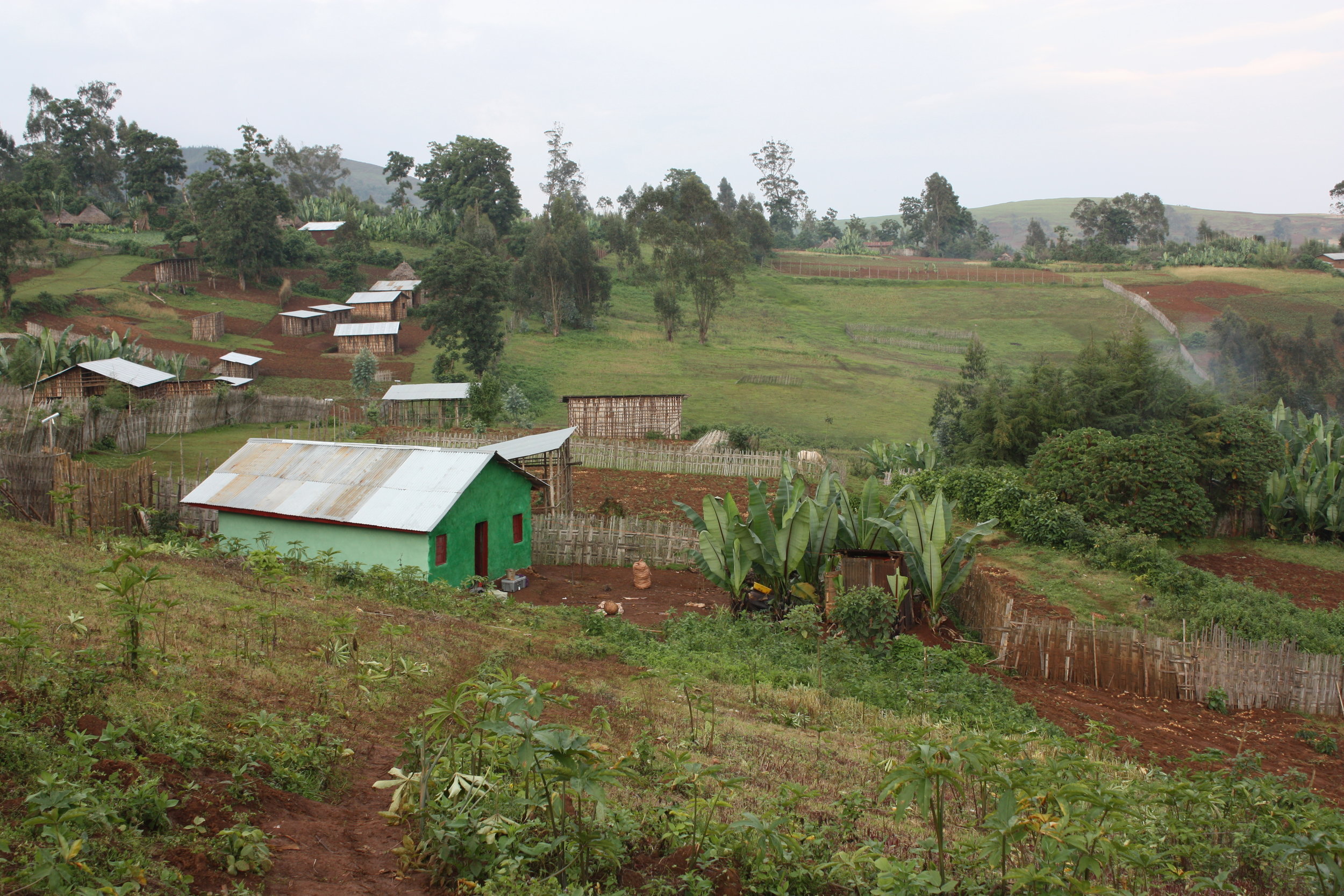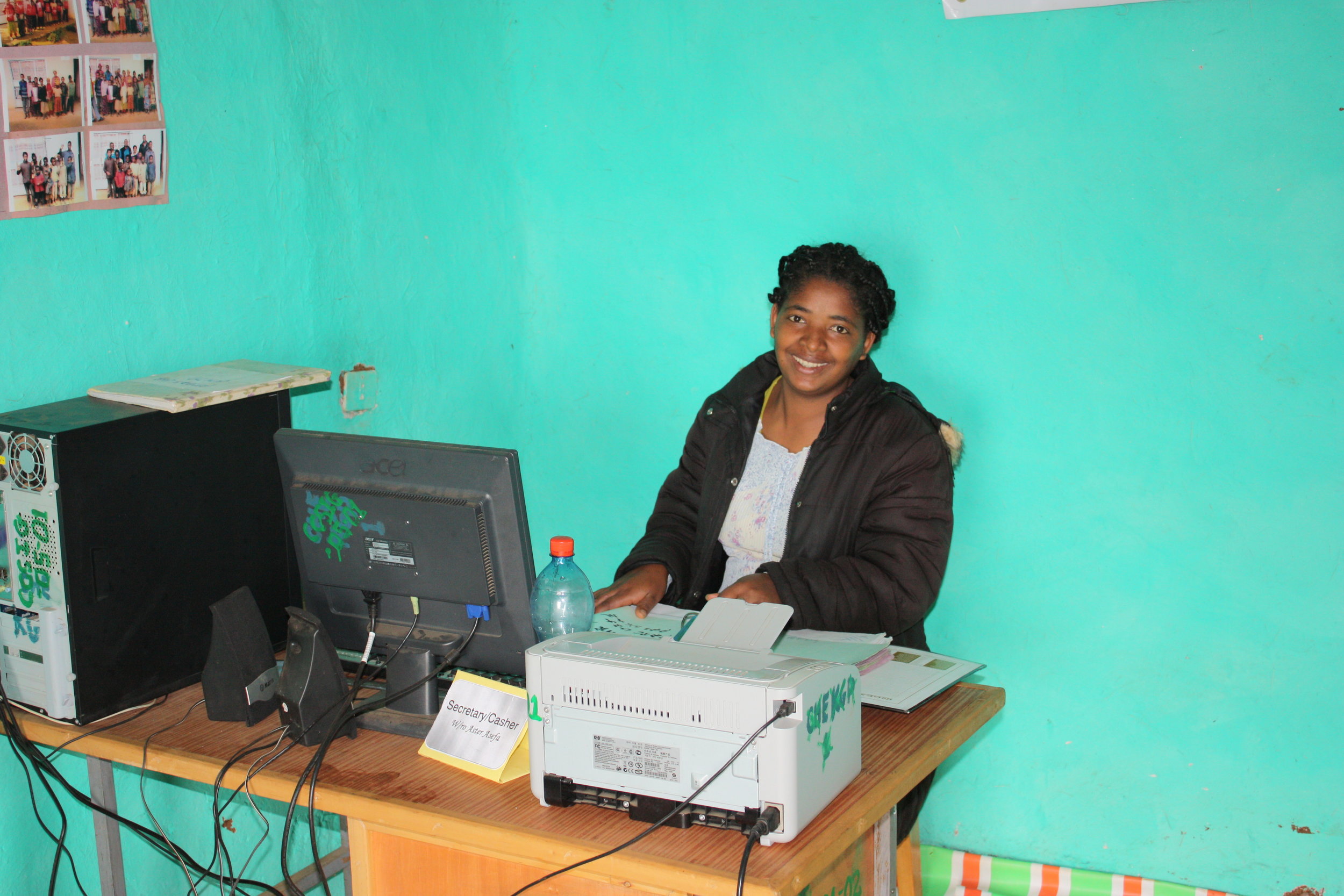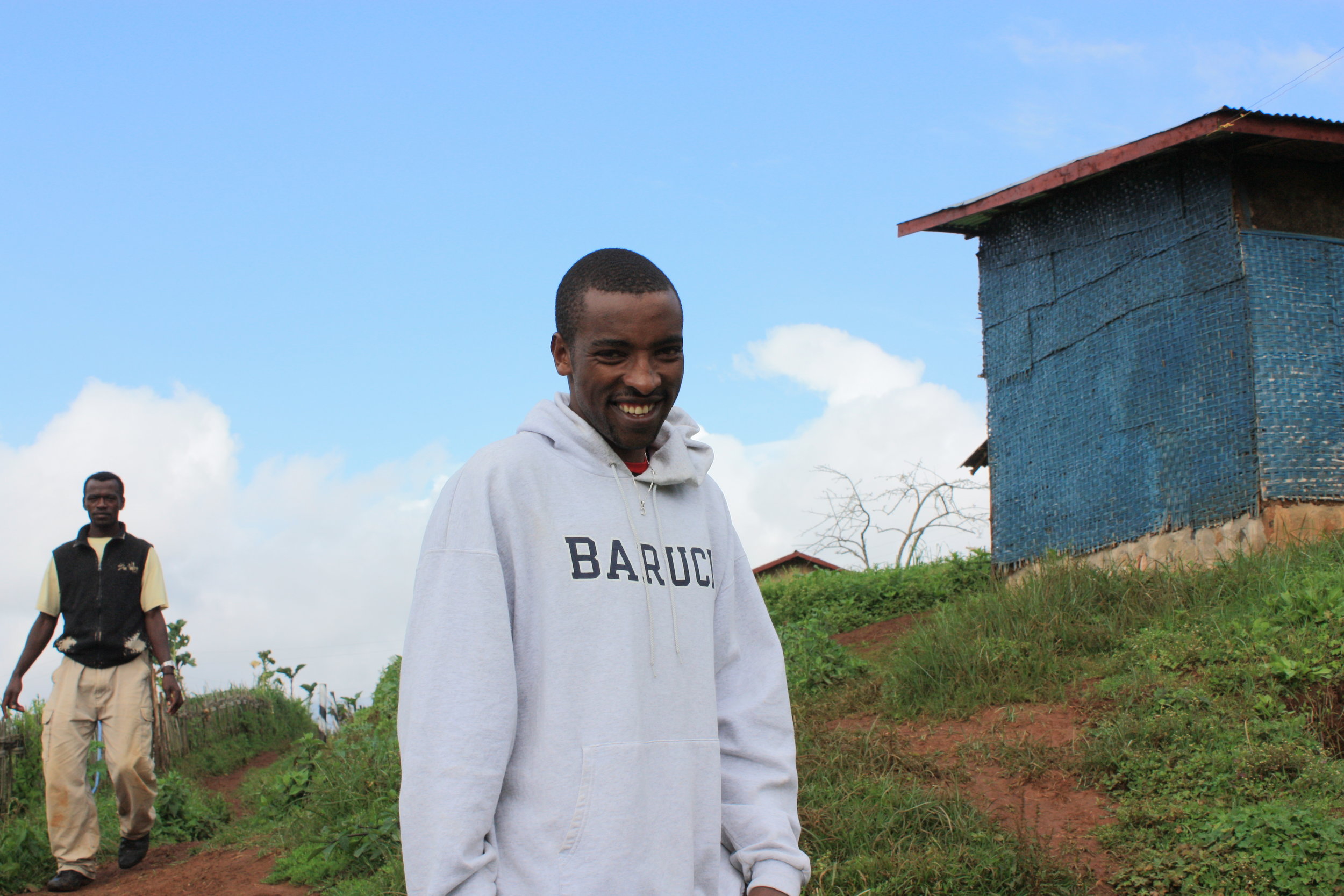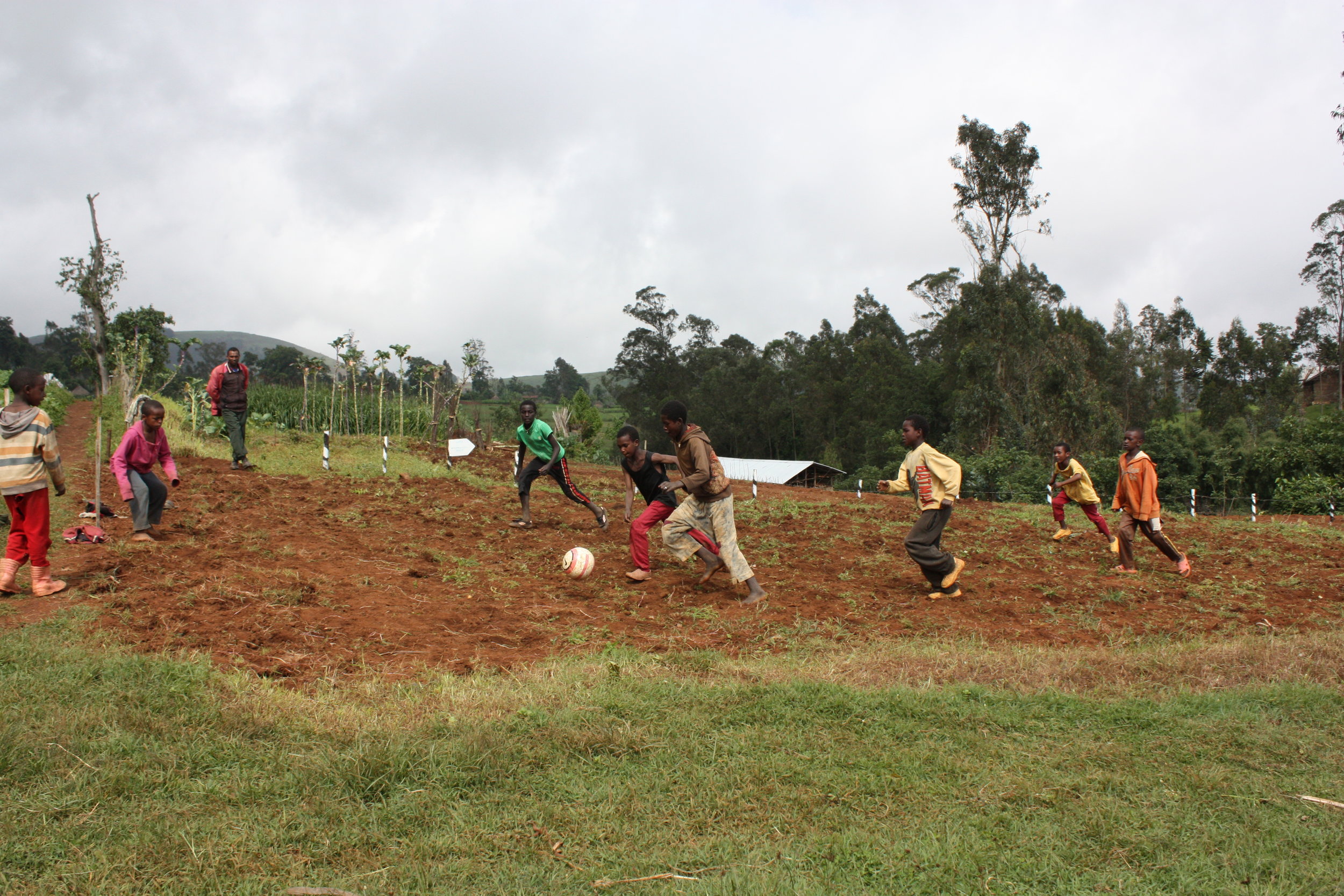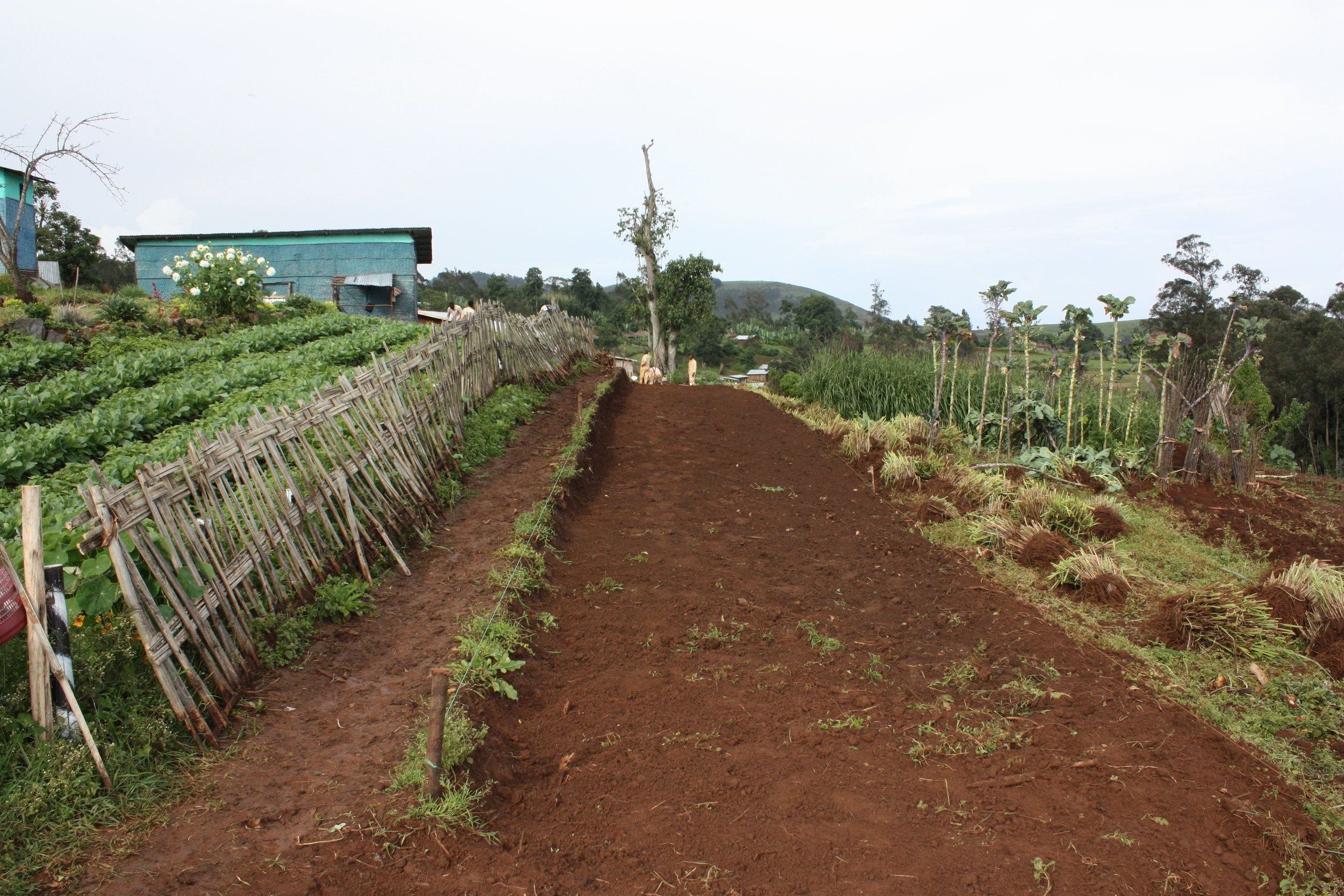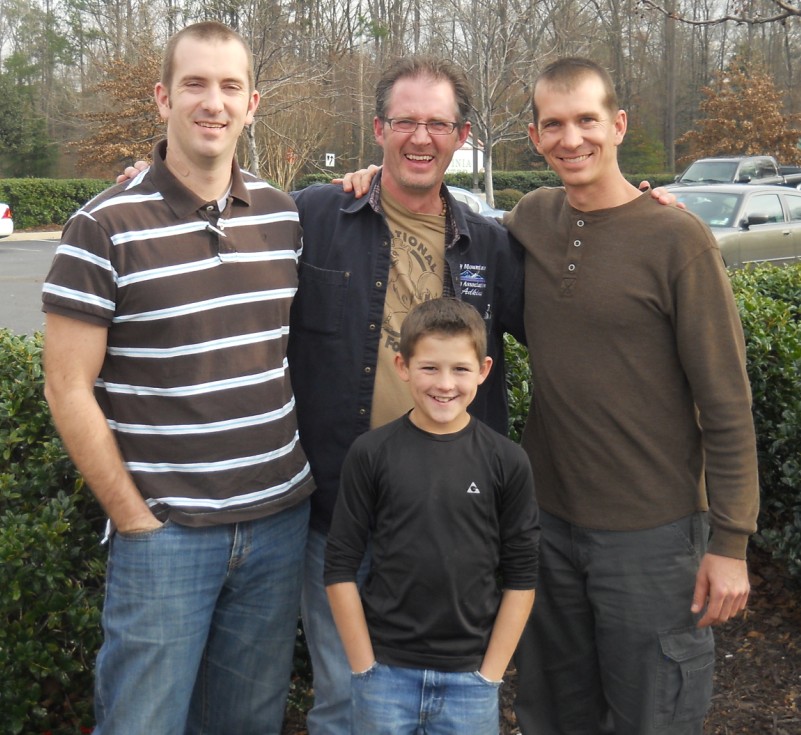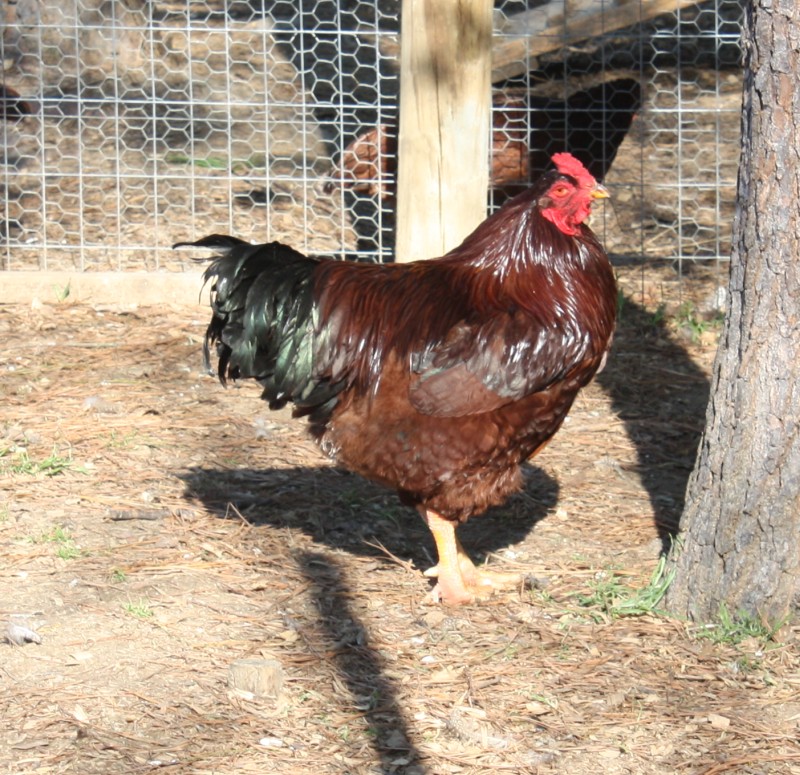What a great year this is starting out to be.
To think that just a month ago I was so discouraged. We had immigration troubles which forced us to return to the US in early December. We then had more trouble from the Embassy in Washington, DC, which forced us to extend our stay. At the time I thought that this was a major setback. I was supposed to be spending the month on site at the Kota Ganate Agriculture Project coordinating with the staff to get the ball rolling on the hatchery project.
Fortunately, God doesn't know about setbacks.
We returned to Ethiopia a couple of days ago encouraged. Instead of being setback we are leaps and bounds ahead of where I thought we'd be right now.
The biggest break came from a seemingly coincidental connection. I had been trying to solve one last major problem for the hatchery for quite some time and I was getting nowhere. We needed a source of good quality breeder stock. Breeder stock is critical to a hatchery operation. They are often called parent stock because they lay the eggs which are then hatched into chicks. They are the parents of all the chicks. Without them the hatchery has no eggs to hatch and therefore cannot function and if the breeder stock is of poor quality their offspring will be also.And quality breeder stock isn't available from within Ethiopia.
If I hadn't returned to the states I would still be spinning my wheels on this problem.
While I was in the US, I met Jim Adkins. Jim is the director of the International Center for Poultry (ICFP). ICFP dedicates itself to training people about standard bred poultry and sustainable farming. They are active throughout the US and internationally. I don't have nearly enough space to share the details of how 'by chance' we crossed paths. Suffice it to say that it was something more than coincidence.
The week before Christmas Joe and I drove down to Richmond from DC to meet with Jim. Jim brought his colleague, Gary Sikes; Gary is President of the Carolina Heritage Poultry Coalition (CHPC). CHPC is a group of farmers who have pulled together to develop, produce, and maintain authentic, historic, heritage poultry breeds. Jim and Gary were truly an answer to prayer. We had a great time together at that first meeting. They imparted much sound wisdom as we discussed the possibility of sending breeder stock to Ethiopia and the possibility of them coming to Ethiopia to train our staff and local farmers.
After meeting with Jim and Gary in Virginia, I had the opportunity to meet with Gary two more times and to visit several of his coalition farms. Again, if all had gone as planned we would not have had the time to meet with Gary multiple times while in the states. I am so excited about the partnership that is developing and what it will mean to the local farmers of Chencha and even to the street children of Addis Ababa.
I am now encouraged and full of optimism for 2012.
Everything seems to be falling into place. While I was gone Nega went to Chencha and settled some issues with the land, the big breeder stock problem has been solved, and - the icing on the cake - I just found out that we have met and exceeded our goal with the Chicks-for-Change campaign. This is freeing us up to think of ways that we can make the hatchery bigger and better. On the table is the possibility of a small feed mill, per Jim and Gary's wisdom. This will be necessary for the poultry farmers in the area, and it will expand the market for grain in the area, in other words more benefits to local farmers.
Listen to me talk. More and more I am using terms like “expanding markets” and “distribution channels”. At one time terms like this were foreign to me, in fact, they bored me to death. However, it seems that we've gone past just talking about a small farm to help sustain a small organization. Now it seems that we are talking about a small farm kick-starting a new industry, which will sustain a small town and in turn sustain a rapidly growing organization.
How wonderful that God can use setbacks to move us closer to His goals.





